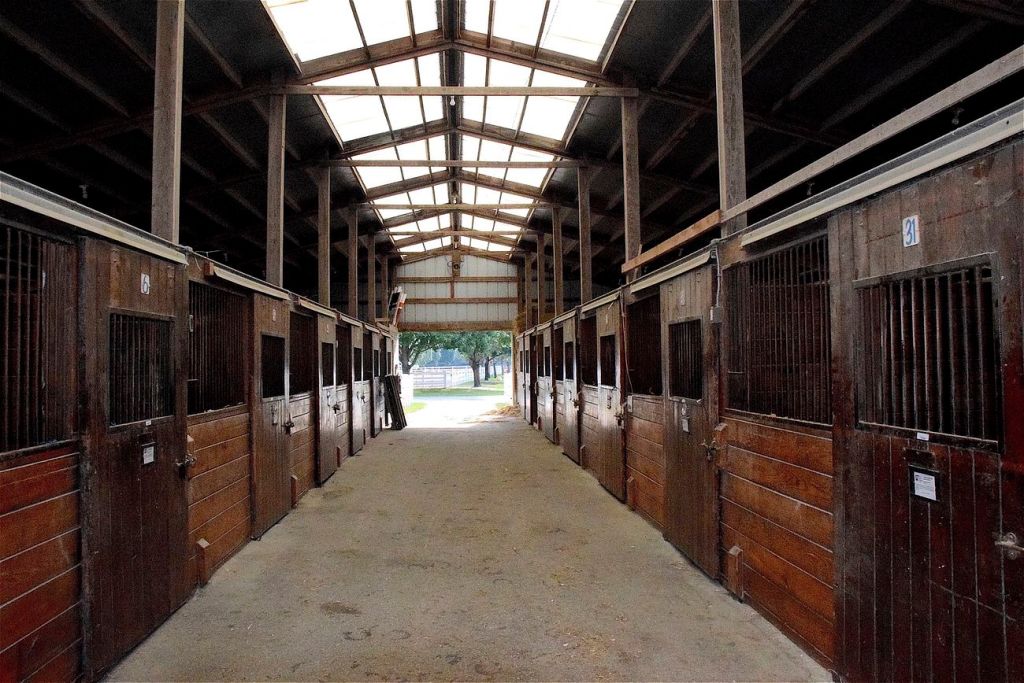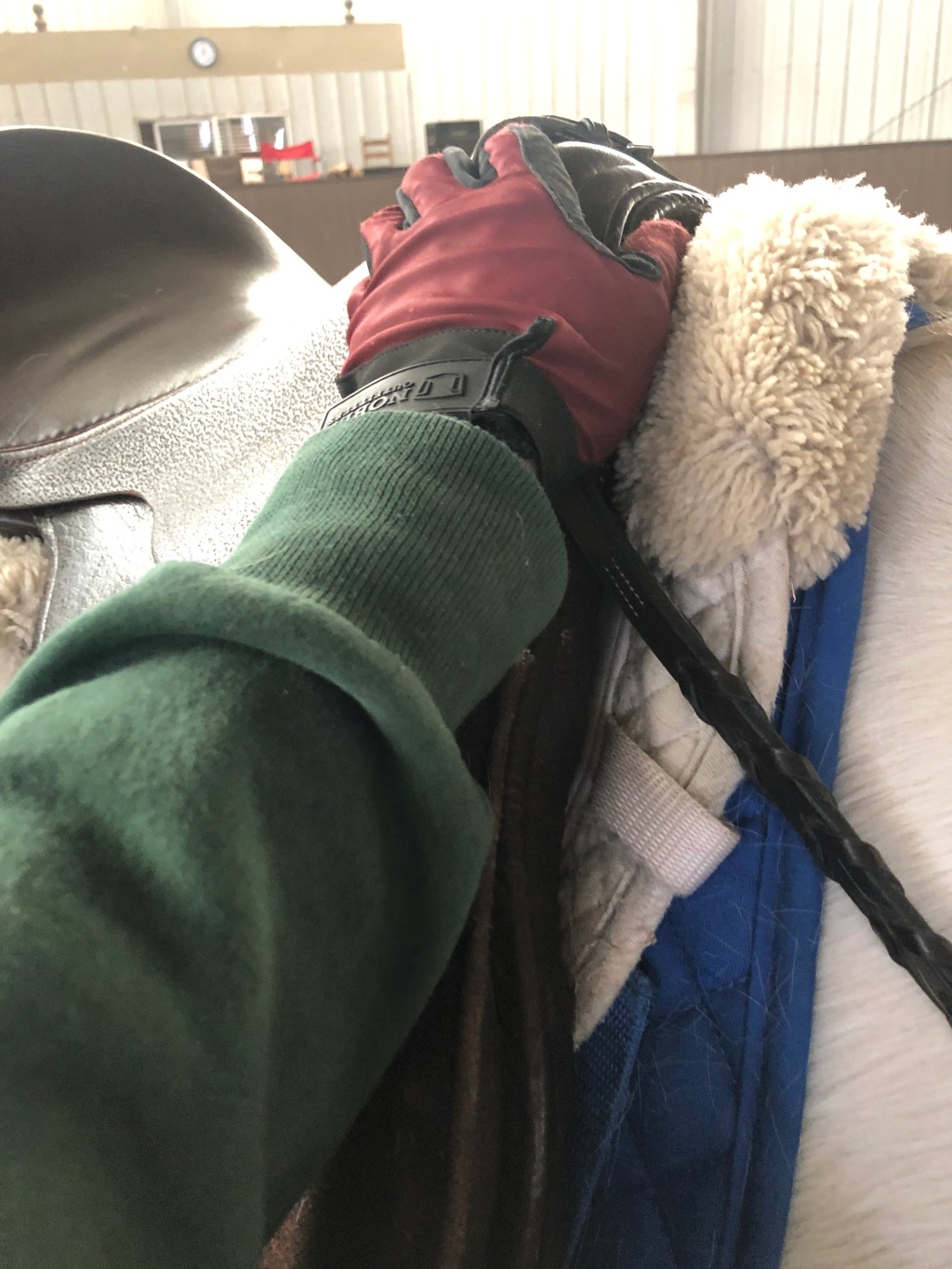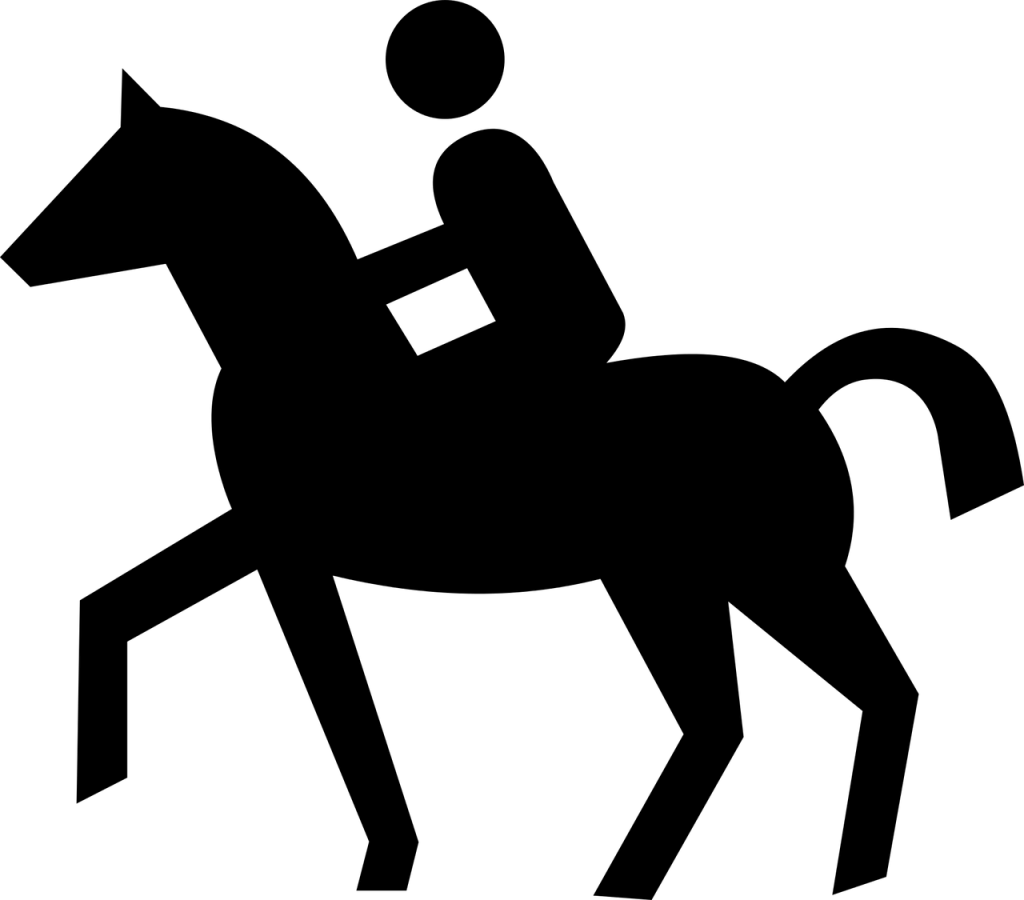Equine Therapy
-
Expressive Language

Expressive language is how we share our thoughts, feelings, and ideas with others. This can be spoken, signed, or communicated with an augmentative and alternative communication (AAC) device. Expressive language is one of the nine domains that speech-language pathologists treat. An expressive language impairment can be developmental or acquired. The impairment can occur from birth,… Continue reading
-
How to Discipline in Lessons: Horses
Disciplining horses in the middle of lessons is difficult. As instructors, we don’t want to show our riders negative behavior from us or point out negative behavior in our horses. I believe the best way to discipline a horse is to eliminate the problem through training, stress elimination, and positive reinforcement but that mostly takes… Continue reading
-
How to Work on Balance

Horseback riding is all about balance. Staying centered and balanced on the horse makes it easier to stay on if a horse spooks, takes a misstep, or does something unexpected. Balanced riders also keep their horses content. Think of a backpack on your back. If it’s sliding to one side, you are constantly shrugging your… Continue reading
-
Hypertonia and Hypotonia

In therapeutic riding, we often see clients who have issues with muscle tone. Hypertonia and hypotonia are two terms used to describe muscle tone. Hypertonia means high muscle tone and lack of flexibility. This often involves stiff movements and poor balance. Hypotonia means low muscle tone and too much flexibility, which can result in difficulty… Continue reading
-
Down Syndrome and Therapeutic Riding

Today, I am continuing our disabilities series today with Down Syndrome. Down Syndrome is a genetic disorder that is commonly associated with developmental delays, poor muscle tone, and cognitive impairment. Early therapy interventions can have a positive impact on children with Down Syndrome. Therapeutic horseback riding may be one such intervention used to help with… Continue reading
About Me
Hello! I am a PATH, Intl CTRI (certified therapeutic riding instructor) and ESMHL (equine specialist in mental health and learning). I am also a graduate student clinician in speech-language pathology.
This is my little arena where I will share my experience in equine assisted activities and my burgeoning knowledge in speech-language pathology.
I’m so happy to have you here!